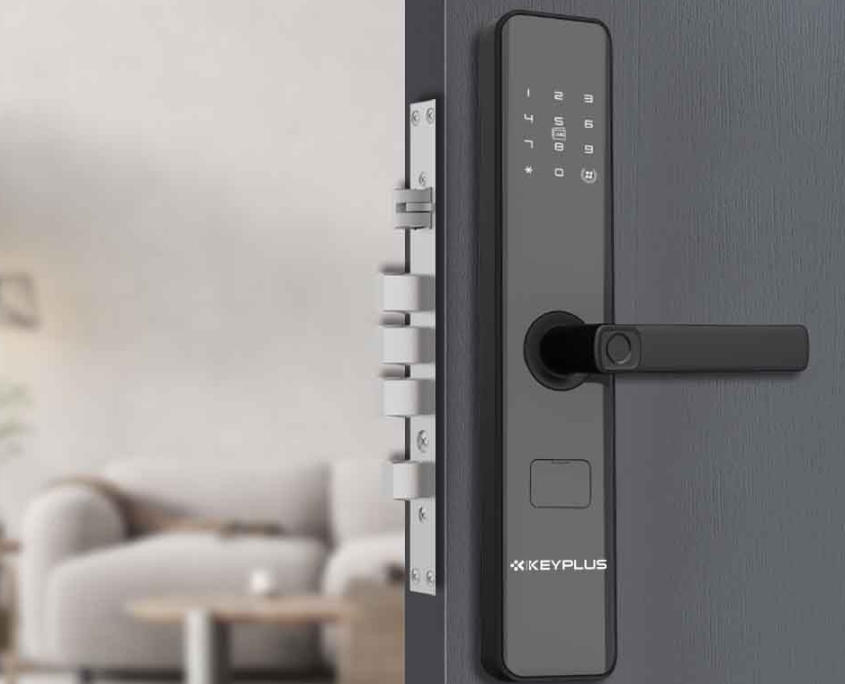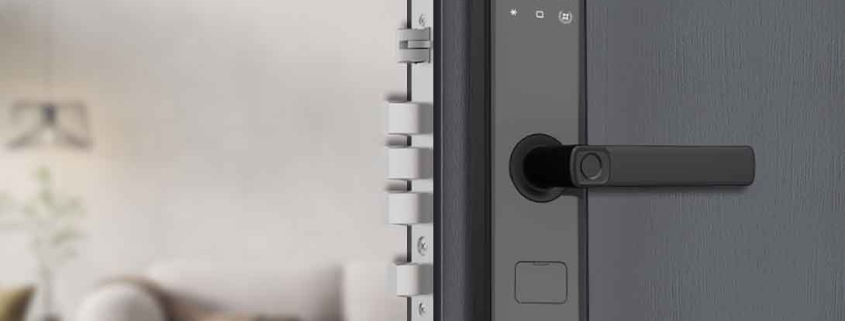Which finger is best for fingerprint lock?
Fingerprint locks provide a seamless and secure way to access homes, offices, and devices. However, not all fingers work equally well with biometric scanners. If you’ve ever struggled with a fingerprint lock failing to recognize your print, the issue might not be the technology—it could be your choice of finger.
This guide explores which fingers work best for fingerprint locks, why some fingerprints are more reliable than others, and how to optimize your biometric setup for maximum security and convenience.
How Fingerprint Scanners Work (A Quick Recap)
Before choosing the best finger, it helps to understand how fingerprint recognition works:
-
Scanning – Optical, capacitive, or ultrasonic sensors capture the ridges and valleys of your fingerprint.
-
Processing – The system extracts unique features (minutiae points) and creates a digital template.
-
Matching – When you scan again, the lock compares the new scan to stored data.
-
Access Granted/Denied – If the match is successful, the lock opens.
Now, why does finger choice matter?
Which Finger Is the Best for Fingerprint Locks?
Research and real-world usage suggest that the thumb, index finger, and middle finger are the most reliable for fingerprint scanning. Here’s why:
1. Thumb (Most Recommended)
Larger Surface Area – Thumbs have broader ridges, making them easier for scanners to read.
Consistent Placement – People naturally press thumbs flat against scanners, reducing errors.
Less Wear & Tear – Unlike fingertips, thumbs are less prone to cuts or peeling from daily tasks.
Best for: Smartphone locks, door access systems, and high-security applications.
2. Index Finger (Second Best Choice)
Frequently Used – Many users instinctively use their index finger for scanning.
Good Ridge Definition – Typically has clear fingerprint patterns.
Potential Issues – More likely to have minor cuts or dryness from frequent use.
Best for: Office entry systems, safes, and secondary authentication.
3. Middle Finger (Reliable Alternative)
Balanced Size & Clarity – Less used than the index finger, so it may retain better print quality.
Good for Backup – Useful if your primary finger (thumb/index) is injured.
Best for: Backup access, multi-user fingerprint locks.
Fingers That May Cause Problems
While any finger can work, these are more likely to have recognition issues:
Ring Finger & Pinky (Less Reliable)
-
Smaller surface area → harder for scanners to capture full prints.
-
Often used less, so users may place them awkwardly on sensors.
Fingers with Damaged or Worn Skin
-
Dryness, cuts, or calluses can distort fingerprint patterns.
-
Manual labor (construction, cleaning) or frequent handwashing can degrade prints over time.

How to Improve Fingerprint Recognition
If your fingerprint lock frequently fails, try these tips:
1. Register Multiple Fingers
-
Store both thumbs and index fingers to ensure backup access.
-
Some locks allow 10+ fingerprints—use this feature for family members or employees.
2. Re-Scan in Different Conditions
-
Add the same finger multiple times (e.g., dry, slightly damp, or cold) to improve accuracy.
3. Keep Your Fingers Clean & Moisturized
-
Dirt, oil, or dry skin can interfere with scanning.
-
Use hand cream if your skin tends to crack (but avoid greasy residue).
4. Position Your Finger Correctly
-
Place your finger flat and centered on the scanner.
-
Avoid quick, angled touches—press firmly and hold for a second.
Special Cases: What If Your Fingerprints Are Hard to Scan?
Some people naturally have faint fingerprints due to:
-
Genetics (some people have less pronounced ridges).
-
Aging (skin loses elasticity, making prints less defined).
-
Medical conditions (eczema, chemotherapy, or burns).
Solutions:
-
Use a high-quality ultrasonic scanner (better at reading faint prints).
-
Enable alternative unlock methods (PIN, RFID card, or facial recognition).
Conclusion: Which Finger Should You Choose?
For the best results with fingerprint locks, follow these recommendations:
-
Primary Finger: Thumb (most reliable due to size and consistent placement).
-
Secondary Fingers: Index and middle fingers (good alternatives).
-
Avoid: Ring finger and pinky (unless necessary).
-
For Extra Security: Register multiple fingers and re-scan under different conditions.
By selecting the right finger and optimizing your setup, you’ll experience faster, more accurate unlocks and fewer frustrations. Whether you’re securing your home, smartphone, or workplace, a well-registered fingerprint ensures both convenience and strong protection.
Pro Tip: If your lock supports it, periodically update stored fingerprints to account for natural skin changes over time.
Would you like to know more about fingerprint lock security? Let us know in the comments!



